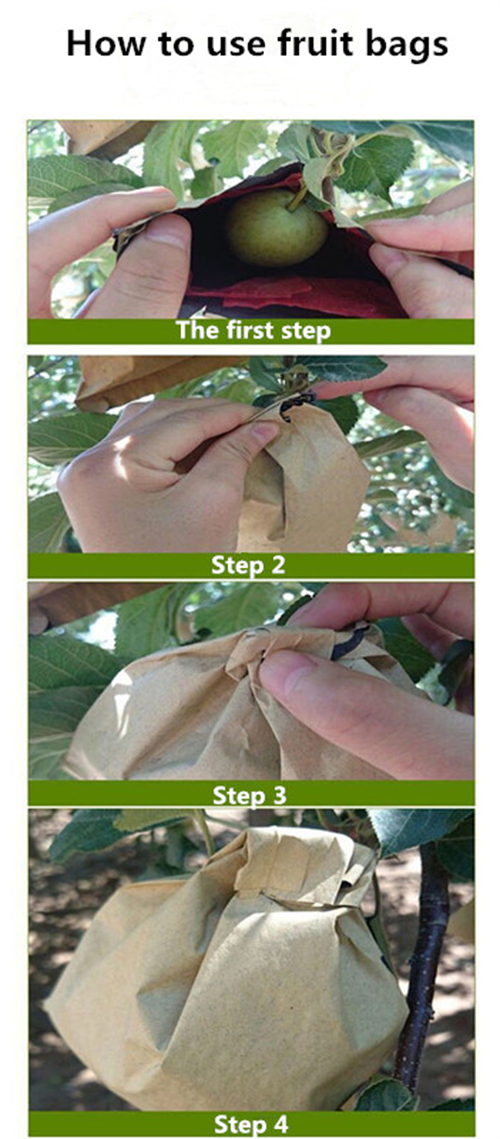ഡിസം . 17, 2024 06:08 Back to list
best apple pollination method
The Best Apple Pollination Methods Ensuring a Bountiful Harvest
Apple trees are among the most popular fruit-bearing trees in home gardens and commercial orchards alike. They offer a delicious and versatile fruit, but to ensure a bountiful harvest, proper pollination is crucial. Unlike some self-pollinating plants, most apple trees require cross-pollination from other apple varieties to produce fruit effectively. Understanding the best pollination methods can enhance your apple-growing success, whether you are a novice gardener or a seasoned horticulturist.
Understanding Pollination
Pollination occurs when pollen from the male anthers of a flower is transferred to the female stigma. In the case of apple trees, cross-pollination involves transferring pollen from one variety of apple to another. This is important because most apple varieties are partially or completely self-incompatible, which means they cannot produce fruit without pollen from a different apple cultivar.
Choosing Compatible Varieties
The first step in ensuring successful pollination is selecting compatible apple tree varieties. Many apple varieties bloom at slightly different times, which affects their ability to produce fruit together. For example, 'Granny Smith' and 'Honeycrisp' typically flower at the same time, making them good pollination partners. It is essential to plant at least two compatible varieties within close proximity—ideally within 50 feet of each other—to facilitate effective pollination.
Planting and Layout
When planting apple trees, consider the spacing and layout to encourage effective pollination. Apple trees should be spaced adequately to allow airflow and sunlight, which are essential for the health of the tree and its flowers. A common practice is to plant trees in a triangular formation rather than a straight line. This arrangement allows for better accessibility for pollinators and ensures that the trees are close enough for pollen to be exchanged.
best apple pollination method

Attracting Pollinators
Natural pollinators like bees play a vital role in the pollination process for apple trees. To attract these beneficial insects, consider planting a diversity of flowering plants around your apple trees. Native wildflowers, herbs, and perennials will not only attract bees but also create a healthy ecosystem in your garden. Ensuring that there is a continuous bloom from early spring to late summer will help maintain a healthy population of pollinators.
Hand Pollination Techniques
While bees and other insects are crucial for pollination, hand pollination can also be an effective method, particularly in smaller gardens or controlled environments. To do this, one can use a small, soft paintbrush or a cotton swab to transfer pollen from the anthers of one flower to the stigma of another. This technique is especially useful during unfavorable weather conditions when natural pollinators might be less active. Hand pollination can also ensure that all flowers receive adequate pollen, boosting the overall fruit set.
Timing and Conditions
The timing of pollination is important as well. Apple blossoms typically bloom in the spring, and various factors, such as temperature, can impact the flowering period. Ideally, pollination should occur on warm days when bees are active, as cold temperatures can hinder pollinator activity. Wet weather can also wash away pollen or deter bees from visiting flowers. Be vigilant during the blooming period and provide optimal conditions for pollination, as this will significantly enhance your chances for a fruitful harvest.
Conclusion
Successful apple cultivation requires careful attention to pollination methods. By selecting compatible varieties, creating a conducive planting layout, attracting natural pollinators, and considering hand pollination when necessary, you can improve your chances of enjoying a bountiful apple harvest. Remember that patience is key—apple trees typically take several years to start producing fruit. With the right practices in place, you can look forward to delicious apples in your future harvests. Whether you're growing for personal enjoyment or to sell at market, understanding and implementing the best pollination methods will set the foundation for fruitful apple cultivation. Happy gardening!
-
Plant Pollen Analysis: Fast & Accurate with GPT-4 Turbo
NewsAug.02,2025
-
KiwiPollen with GPT-4 Turbo: AI Health Supplement Boost
NewsAug.01,2025
-
Pollen Peach Tree AI Management with GPT-4-Turbo
NewsJul.31,2025
-
Eco Fruit Paper Bags for Peak Freshness | Durability Focused
NewsJul.31,2025
-
Pollen Peach Tree for Pure Pollination and High-Quality Peach Pollen
NewsJul.30,2025
-
Premium Cherry Pollen for Pure Pollination & Different Types
NewsJul.30,2025